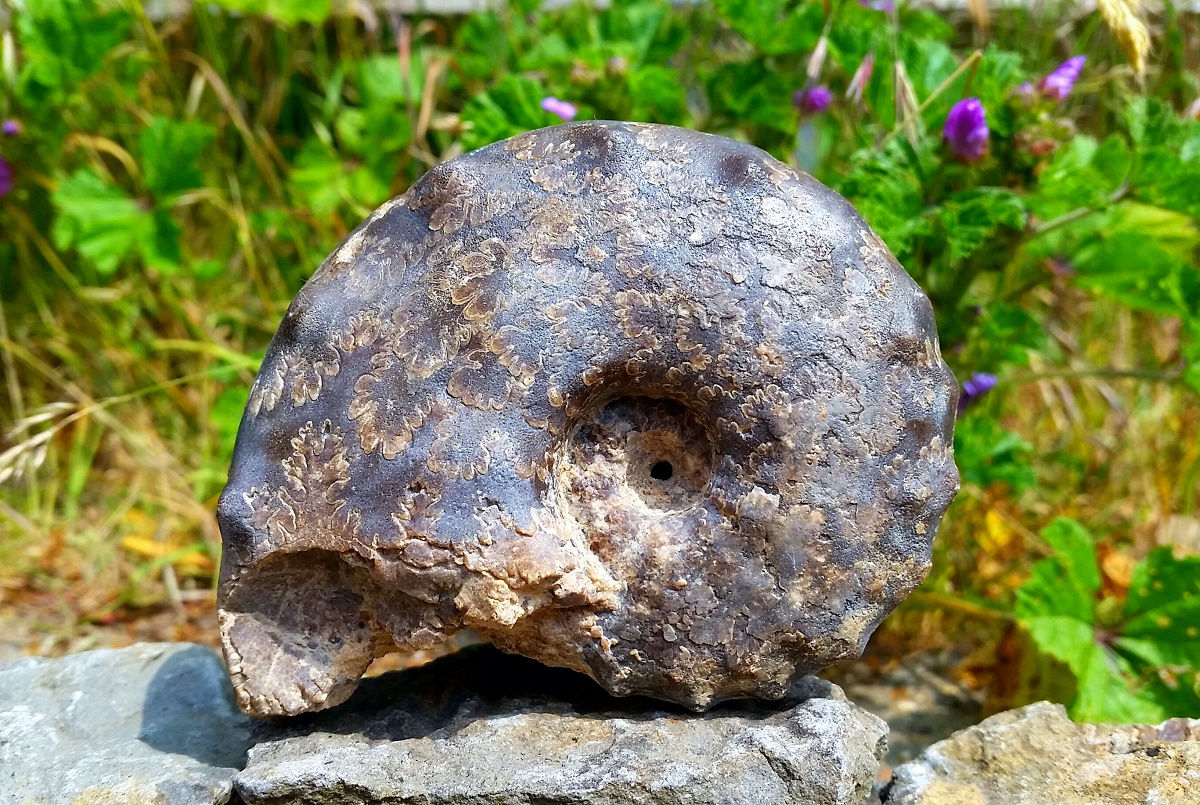Just outside of Larne town centre and north of Larne harbour, Co. Antrim is Waterloo Bay, where important exposures of Triassic and Jurassic rocks can be found, specifically the Waterloo Mudstone Formation, part of the Lias Group. Although the Triassic Penarth Group rocks are not particularly fossiliferous, the blue lias yields early Jurassic fossils including ammonites, belemnites and gryphaea. The cliffs and platforms are protected however many washed out loose fossils can be found. Jurassic, Foreshore, Rating: ♦♦♦


















































